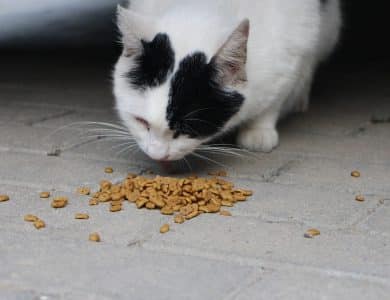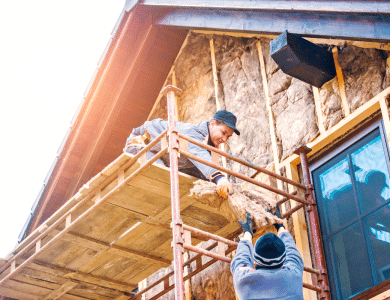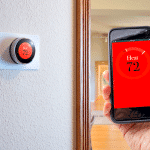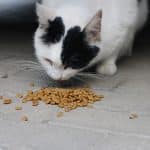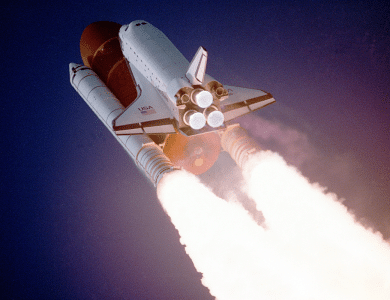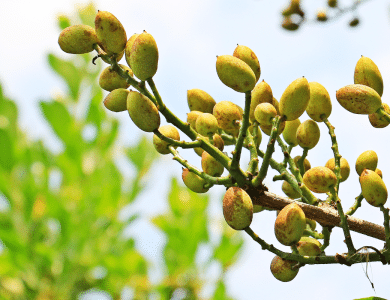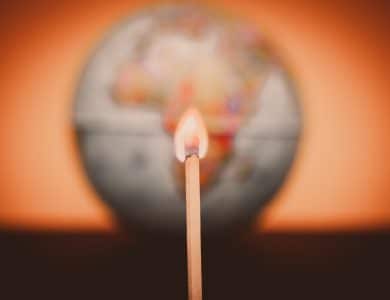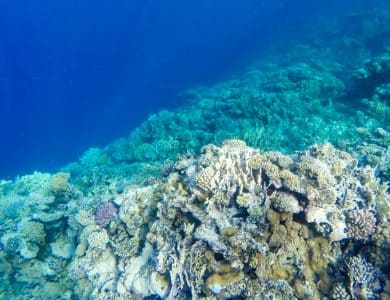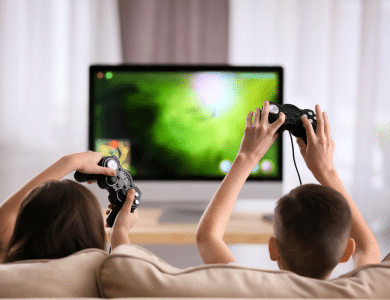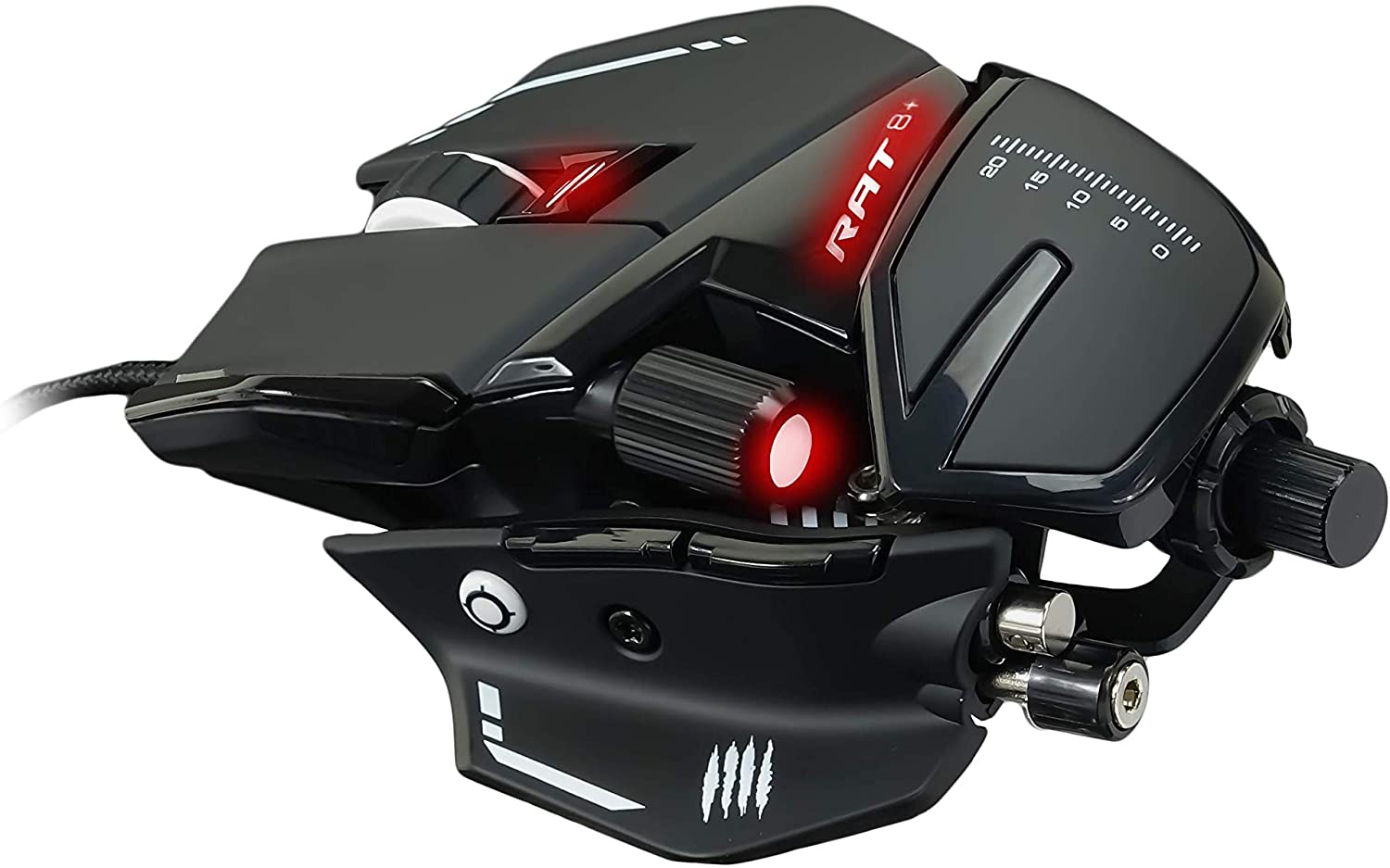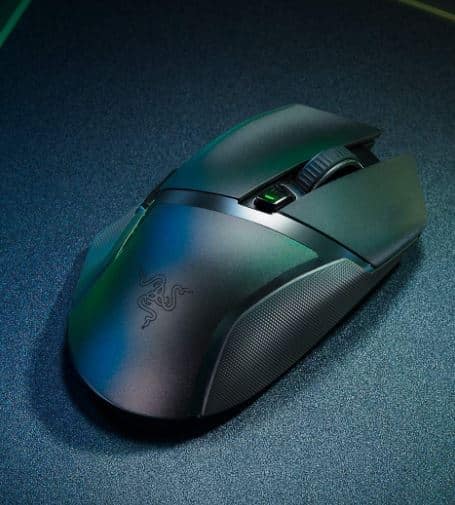Business
il y a 2 semaines
Comment s’entourer des meilleurs partenaires pro pour votre industrie en Vendée ?
Vous êtes à la tête d’une entreprise spécialisée dans l’industrie en Vendée ? Si tel est le cas, alors vous…
animaux
26 février 2024
5 astuces pour savoir si les coquettes sont bonnes pour votre chat
Les croquettes représentent un aliment essentiel pour le bien-être de votre chat. Cependant, face à la pluralité des offres disponibles…
animaux
19 février 2024
Comment reconnaître les meilleures marques de croquettes pour chien ?
Les croquettes pour chien sont à la base de l’alimentation canine. Sélectionner la meilleure composition de ce repas pour un…
Camping / Bivouac
24 janvier 2024
Comment combiner bivouac et vacances à la montagne ?
Vous adorez partir en pleine nature et vous extasier au réveil devant des panoramas époustouflants ? Alors la combinaison du…
brico
11 janvier 2024
Est-ce trop tard pour isoler votre maison pour le reste de l’hiver ?
Lorsque vous envisagez de rénover ou construire une maison, il est important de prendre en compte l’isolation de différentes parties…
Maison et Jardin
10 janvier 2024
3 Méthodes infaillibles pour sauvegarder vos hortensias contre le froid hivernal.
L’hiver approche et avec lui, le froid et l’humidité qui peuvent mettre à rude épreuve la santé de vos hortensias.…

